90. GODINA TURIZMA NA ZLATARU
Na Vodenoj poljani – proplanku podno najvišeg vrha Zlatara – ‘novovaroški gospar’ Milan Borisavljević je pre devet decenija podigao prvi letnjikovac. Njegov primer sledili su i drugi imućni sugrađani. Uskoro su, u lepim vilama, počeli da borave i prvi gosti. Ovaj zamašan jubilej gostoprimstva i turizma u Novoj Varoši nedavno je obeležen posebnom svečanošću.
„Dragi prijatelji, poštovani saradnici, ljubitelji novovaroškog gostoprimstva i zlatarskih pejzaža, hvala vam što ste sa nama… Naša opština ima izuzetan geografski položaj koji je učinio da postane zanimljiva turistima širom zemlje, a poslednjih godina i turistima iz sveta. Planovi su nam da u narednim godinama povećamo i unapredimo smeštajne kapacitete, osnažimo domaću radinost i gostima ponudimo dodir sa tradicijom i pravim vrednostima“, neki su od akcenata iz pozdravnog govora Branka Pucarevića, direktora TO Zlatar, glavnog domaćina proslave koja se odvijala u gradskom Domu kulture.
Prisutne zvanice pozdravio je i predsednik opštine, gospodin Radosav Vasiljević. Između ostalog, naglasio je: „Zajednički cilj rukovodstva je stvaranje bolje i izvesnije budućnosti, onakve kakva će svakog mladog Novovarošanina podstaći da se vrati u svoj kraj… Turizam je delatnost koja pruža bezbroj izuzetnih prilika da svaki pojedinac napreduje, ali i da se ovaj kraj oživi, težeći da budu u rangu najboljih i najrazvijenijih turističkih destinacija u našoj zemlji.”
Najglasitija planina
Na binu je potom izašla Dr Olgica Miljković, menadžer za domaće tržište Turističke organizacije Srbije. „Velika mi je čast što sam ispred TOS-a odabrana da vam se obratim, ali ova čast mi je utoliko draža jer sam i sama delić sebe ugradila u turistički razvoj Zlatara. O našim prvim ozbiljnijim koracima na ovom polju pisani trag je ostavio Grigorije Božović koji je 1935. godine u Politici objavio putopis iz našeg kraja. Tada je bilo tek nekoliko brvnara opremljenih za prijem gostiju, a o Zlataru je rekao da je on „najglasitija planina u Starom Vlahu“. Naravno, da sam kao rođena Novovarošanka pristrasna i da se slažem sa njegovom ocenom da je naš Zlatar po lepoti prvi – spoj mediteranske i planinske klime, maksimalan broj sunčanih dana u godini, široki vidici i zelena jezera okružena gustim, zdravim šumama. Iako zvuči kao odlomak iz neke bajke, priroda Zlatara ipak je stvarna.“
Zlatnici i biseri sa lepim pogledom
Kao gosti TO Zlatara bili smo zamoljeni, na samo da ispratimo događaj, već i da se upoznamo sa sadržajima koji se nude turistima. Smešteni smo u hotelu „Panorama“ koji je otvoren pre ravno pola veka i dugo je slovio za jedan od najelitnijih u nekadašnjoj Jugoslaviji. U njemu i danas radi konobar Dragan Lečič Leka koji je služio predsednika Tita, legendarnog fudbalera Džajića i druge sportske zvezde koje su redovno dolazile na visinske pripreme. Spisak poznatih gostiju se, naravno, ovde ne završava. Hotel je danas u solidnom stanju, ali se promenila struktura gostiju – to su mahom učenici koji dolaze na rekreativnu nastavu, manji sportski klubovi i individualni gosti. „Panorama“ čeka investitore koji će joj povratiti nekadašnji sjaj, ali je i dalje žila kucavica turizma. U njegovoj neposrednoj blizini izgrađeni su novi hoteli „Zlatarski zlatnik“ i „Zlatarski biser“ sa po četiri zvezdice, kao i niz manjih pansiona i apartmana koji zadovoljavaju ukuse probirljive publike.
Put pod noge
Prvog jutra na Zlataru dobijamo vodiča – turizmologa Milicu Popović – koja rasklapa mapu i nudi nam različite mogućnosti za terensko istraživanje. Nažalost, zbog lošeg vremena, odustajemo od najuzbudljivije ponude – krstarenja Uvcem, posmatranja beloglavih supova, obilaska Ledene pećine i posete vidikovcima sa kojih se otvara pogled na rečne meandre. Fotografije nestvarno „uvijenog“ korita Uvca nad kojim lete ogromni orlovi se nalaze u svim publikacijama koji promovišu prirodne lepote Srbije.
Odlučujemo da krenemo put Vodene poljane – mesta na kojem je otpočela turistička istorija kraja. Tamo se danas nalazi samo jedna šumarska kuća, jer su letnjikovci izgoreli tokom Drugog svetskog rata i novoizgrađeni manastir Sv Kozme i Damjana. Kuriozitet je što je crkva brvnara podignuta bez i jednog eksera, a iz porte se pruža divan pogled na livade okružene šumom. Pešačka staza vodi ka vrhu planine i dalje ka manastiru Mileševa, što je još jedna od atraktivnih ponuda za ljude u dobroj kondiciji.
Ljeposavina trpeza
Mapa novovaroške teritorije nalikuje na srce sa četiri arterije. Može se krenuti put Sjenice, Prijepolja, Zlatibora ili Javora. Odlučujemo da krenemo ka Javoru i etno selu Štitkovo gde se asfaltni put završava. Iako je turistička signalizacije za svaku pohvalu malo smo zalutali i obreli se u zaseoku sela Bukovik. Prilazimo prvoj kući i pred vratima zatičemo Ljeposavu koja nam objašnjava gde treba da skrenemo. Nudi nam kafu. Ulazimo u lepu trpezariju gde počinje sasvim neusiljen razgovor, a uskoro nam se pridružuje i njen suprug Slavko. Puno toga smo saznali o njihovom životu i istoriji ovog kraja, a na sto su osim kafe, vode i slatka pristigla i druga okrepljenja – pita zeljanica i domaće kiselo mleko. Dirnuti smo ovom pažnjom, ali i u drugim susretima s ljudima ovog kraja shvatamo da su srdačnost i gostoljublje glavne odlike ovdašnjeg mentaliteta. Na rastanku kupujemo kačicu čuvenog punomasnog zlatarskog sira bez kojeg je nemoguće zamisliti novovarošku trpezu.
Zadnja pošta Štitkovo
Na putu ka Štitkovu obilazimo Dubnicu – manastir lepe arhitekture i zagonetne istorije, koji je najverovatnije nastao početkom 15. veka na temeljima mnogo starijeg hrama. Ovi predeli traže laganu vožnju jer je sve blago zatalasano i zeleno. Oku prijaju i prizori livada na kojima slobodno pasu krave i ovce i krivudavi puteljci koji vode ka blistavo belim seoskim crkvama. Krećući se kroz ovu pitominu stižemo u Štitkovo, odakle se dalje može samo pešice. Dočekuje nas Miljojko Čkonjević, domaćin zaštićene ambijentalne celine etno-sela. Kuće su građene krajem 19. veka u duhu narodne arhitekture i sve su originalne. Na svom delu imanja Miljojko je od drveta napravio verandu skladno uklopljenu u ambijent. Ovde dočekuje uglavnom najavljene grupe turista koji dolaze sa krstarenja Uvcem. Uz kafu, nudi nam i medovaču i s osmehom priča kako se njegov napitak posebno dopao Kineskinjama. U staroj magazi danas se nalaze police sa ukusnim domaćim sokovima i heljdinim brašnom od koje se pravi heljdopita koja je, takođe, zaštitni znak lokalne gastronomije.
Novi krvni sudovi
Poslednji dan boravka posvećujemo jednoj ugašenoj zvezdi banjskog turizma. Zbog povoljne nadmorske visine, vazduha zasićenog ozonom i terpentinom i posebne ruže vetrova, Zlatar ima status vazdušne banje. No, i pre nego što je to ozvaničeno, iz iskustva se znalo da je ovo podneblje lekovito, pre svega za srce i krvne sudove. Zato je Republički zavod za zdravstveno osiguranje izgradio velelepni RH centar koje je dugo godine bio lider u rehabilitaciji srčanih bolesnika. Igrom slučaja, susreli smo jednu doktorku, penzionisanog anesteziologa iz Štutgarata, koja ovde godinama dolazi. Rekla nam je da Zlatar proizvodi „nove krvne sudove“. Kada smo prokomentarisali da je to lepa stilska figura, ona nam je sa naučničkim autoritetom rekla da to nipošto nije stilska figura, već dokazana istina. Na bregu gde danas stoji zatarabljeni RH centar susreli smo i gospodina Isidora iz Pančeva koji je nekada bio pacijent, ali i dalje svake godine dolazi na oporavak. Iako ne radi, RH centar i dalje svojom uspešnom pričom privlači goste. Iz nezvaničnih izvora smo saznali da će ovaj džin medicinskog turizma uskoro ponovo biti u orbiti.
Na rastanku samo konstatujemo šta smo sve propustili da vidimo: seoska domaćinstva, crkve brvnare, pešačke i mountbiking staze…


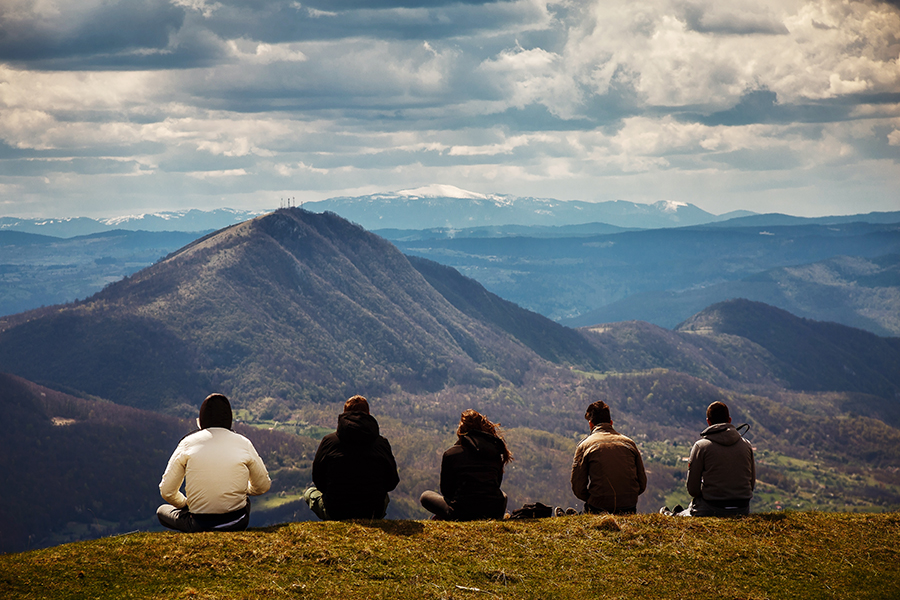

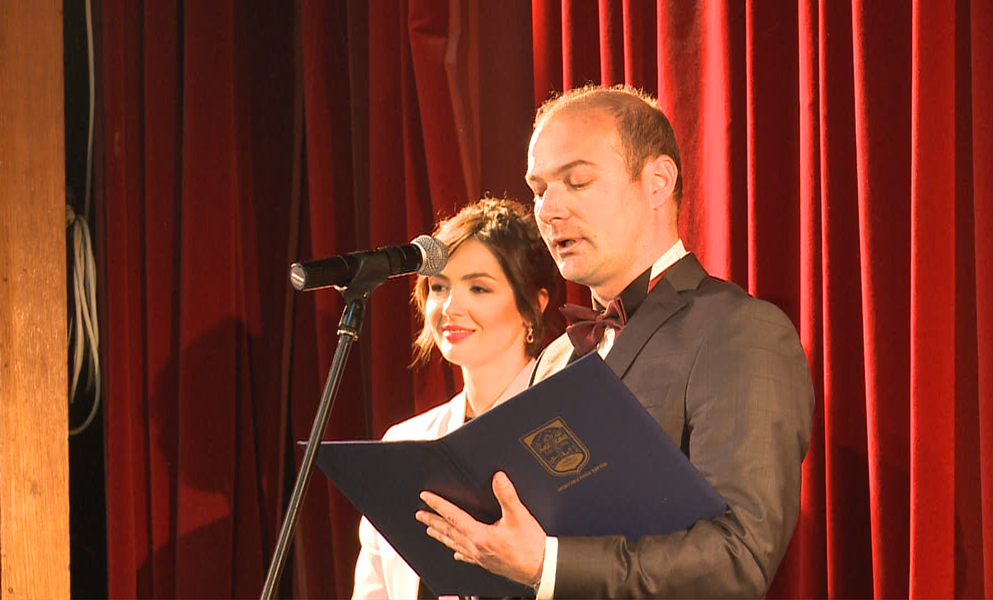






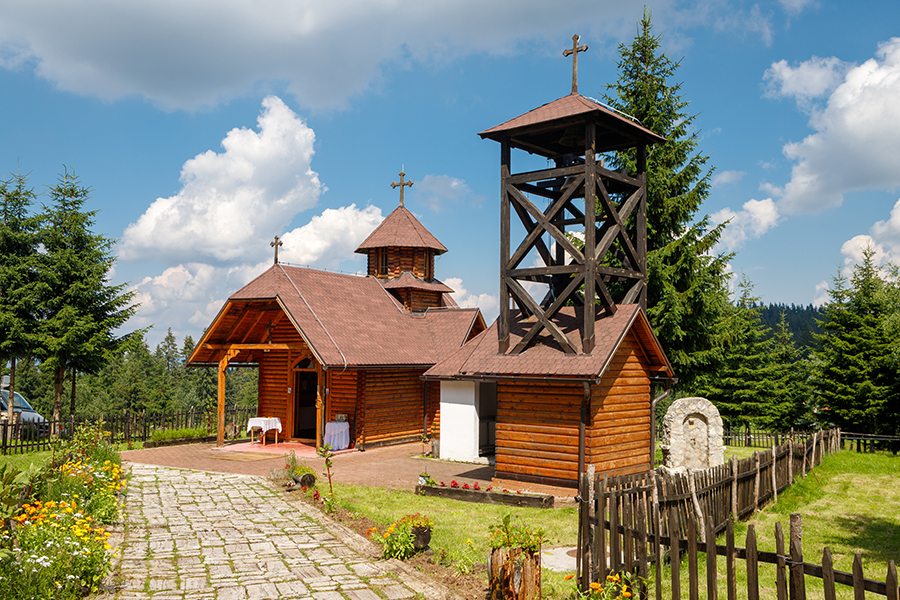



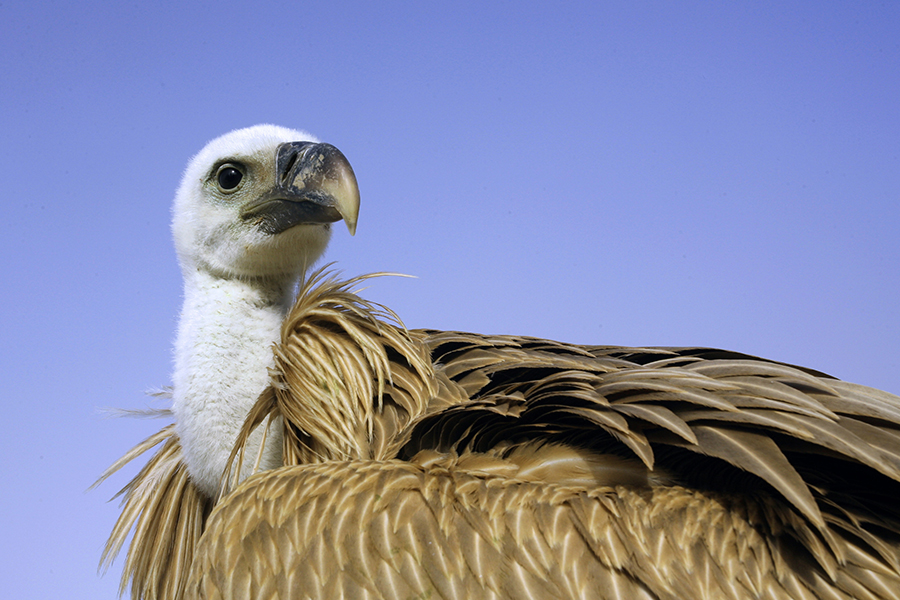


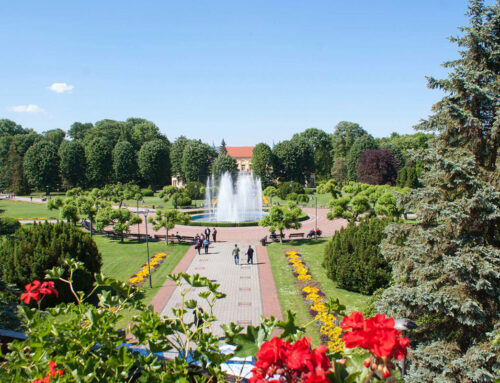



Social Network